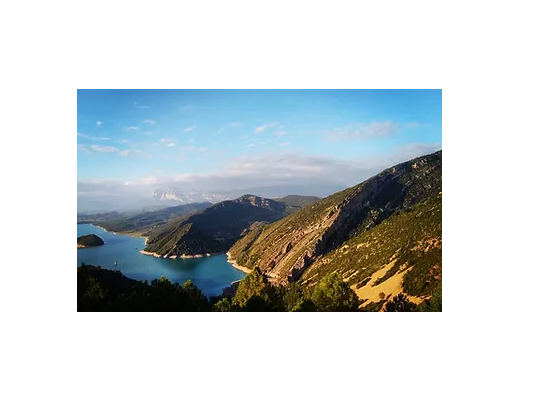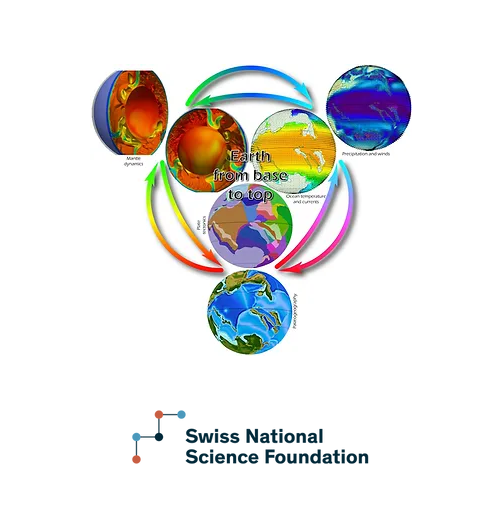
Earth from base to top
S2S-FUTURE
Today, Earth's surface involves intricate interactions between humans and their surroundings, including sediments. These sediments, formed and distributed over billions of years, hold resources and waste crucial for humanity's balanced future. The S2S-FUTURE ITN project's main goal is to predict sediment locations and properties, integrating the source-to-sink system over different time scales. This is vital for meeting the planet's needs during rapid global changes.
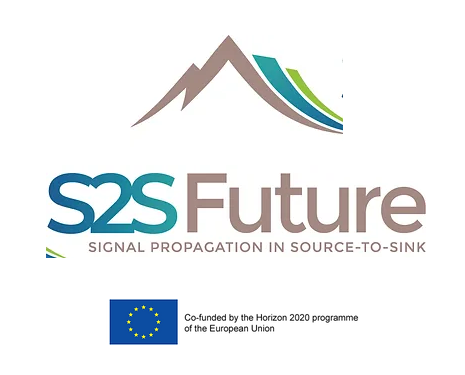
TRACking the Tethys Carbon Cycle, India-Eurasia Collision, and Cenozoic Climate Evolution.
This research project delves into the effects of increased atmospheric CO2 levels on Earth's climate, focusing on significant temperature spikes known as "hyperthermal" events. More specifically, TRAC will examine the Himalayan orogeny's role in the Early Eocene Climatic Optimum (EECO) through quantitative analyses of the carbon and mercury cycles. It complements a larger initiative on deep carbon recycling. The main tasks involve creating a sedimentary timeline, evaluating volcanic activity through mercury levels, and studying continental alteration using several isotopes such as Nd, Hf, and Li. The project aims to unravel the complex interplay of factors influencing Earth's climate over millions of years.
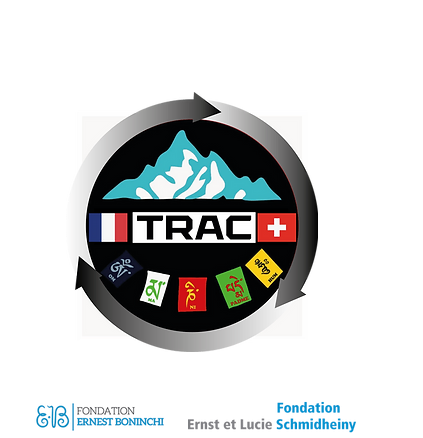
Earth Surface Signaling Systems
Earth's surface evolves in response to environmental signals like sea level changes, tectonic shifts, and climate processes, recorded in sedimentary layers. The SNSF project "Earth Surface Signaling Systems" (ESSS) explores how these signals propagate through interconnected surface elements under extreme conditions through the study of river networks and fluvial systems. The main focus is the understanding of how discharge and sediment signals shape alluvial system stratigraphy. Using innovative methods and the Surface Dynamics Lab at the University of Geneva, it examines Late Eocene sedimentary records in Spain to reveal interactions between upstream and downstream controls. Sub-projects involve data collection, magnetostratigraphy, and experimental simulations to advance our knowledge of Earth's surface processes.
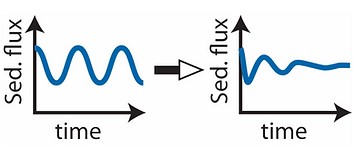

Ainsa2GoM
In collaboration with colleagues at Equinor (Julian Clark, Andrea Fildani and others), we have experimented in the Ainsa foreland basins (Pyrenees, Spain) using stable carbon isotopes in relatively shallow marine and proximal clastic records traditionally avoided by oceanographers because of their proximity to continental perturbations. Focusing on early Eocene hyperthermals, this work shows however that such sections can actually preserve such climate-related signals. The "2GOM" refers to us trying to port our findings in Ainsa to the Gulf of Mexico sedimentary record. This lead us to identify and characterize the PETM in the GoM.
